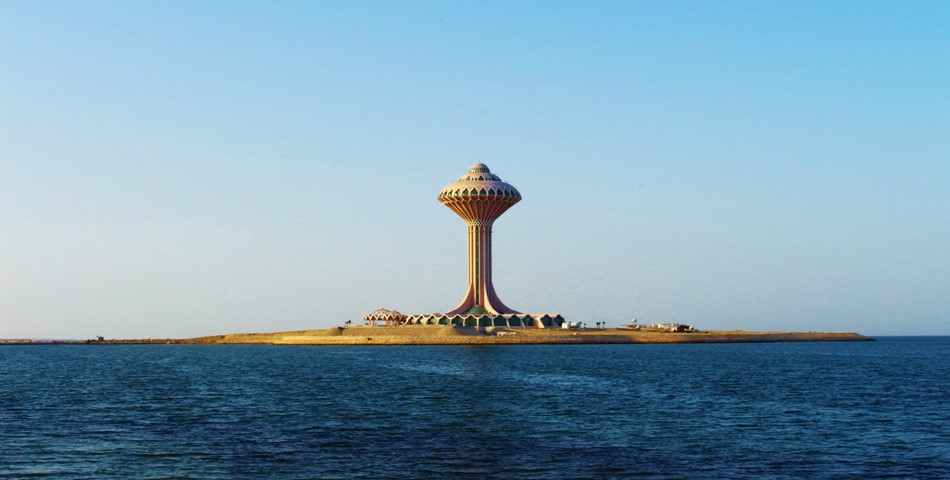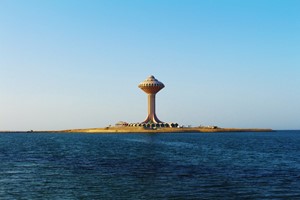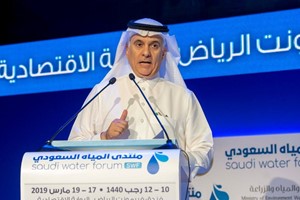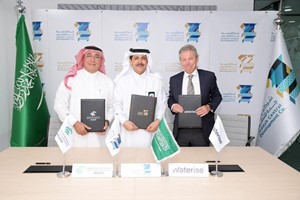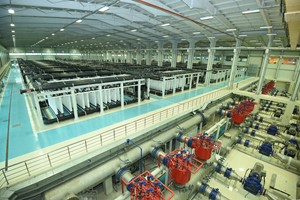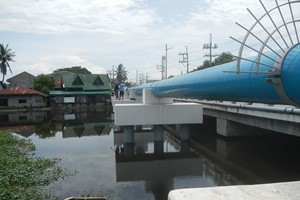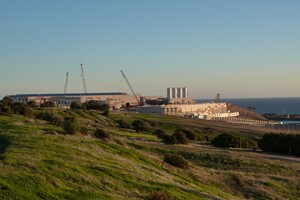Urban water usage
Data from NASA's GRACE satellite mission indicates that the Arabian Aquifer (underlying Saudi Arabia and other Gulf States) has one of the highest rates of depletion, particularly from agricultural usage. The extensive withdrawal of water from fossil aquifers is threatening the security of Saudi Arabia's non-renewable water resources. After locating several large aquifers during the 1970's, the government drilled thousands of deep tube wells for both agricultural and urban use. Years of unregulated water extraction has led to increasing groundwater scarcity. To prevent further environmental damage, the reliance on deep-tube wells to source precious fossil water must be reversed and alternative water sources secured. Saudi Arabia has one of the highest per capita water consumption rates in the world. The average per capita water consumption rate is estimated at 100-350 liters per day for urban areas and 15-20 liters for rural areas. Urban dwellers are consuming water at an unsustainable rate. A greater investment in demand-side management strategies to increase conservation practices and decrease consumption rates is urgently required.
Agricultural water usage


Dams are used to trap surface water runoff during rainstorms that occur in the coastal areas and southwest highlands. In 2012 Saudi Arabia had an estimated 232 dams in use. Water from these dams is used for agriculture production and is replenished by the flash floods that occur from November to April. Low precipitation rates, however, limit surface water supply. In 2000, modern irrigation techniques accounted for 66% of irrigation activity while traditional surface irrigation accounted for 34%. Despite the greater adoption rates of modern irrigation technology, inefficient water usage is still common on many farms. The Saudi Arabian government must consider social policy aimed at targeting irresponsible water management behavior to ensure that groundwater supplies are not wasted entirely.
Current solutions and gaps
Since 2005, desalinated water has accounted for approximately 70% of the nation's water use. While desalinated water has ensured Saudi Arabia has enough water to meet demand, it does create its own challenges. The process requires high energy input; more than half of domestic oil consumption is required to run the plants. The high costs and energy consumption associated with the desalination process have created a scenario where Saudi Arabia's desalination capacity, and therefore water security, is closely linked to the stability of its oil supply. Leakages and transit problems with pipe networks also cause more than a third of the desalinated water to be lost each year, particularly in the 400 kilometers between the Gulf coast and Riyadh. Saudi Arabians only pay one percent of what it costs the government to produce desalinated water. Introducing a water pricing system will not only recoup some of the costs of production, but increase the value of water so that consumers begin to practice better water management. Greater appreciation of the value of water may lead to a change in Saudi behavior; one that sees sustainable water consumption adopted by all. Recycled water is currently used for irrigation in agriculture and urban parks. Saudi Arabia reuses approximately 2,367 million cubic meters of treated wastewater per day according to a General Electric industry white paper on water scarcity in Saudi Arabia. This represents 30-40% of the country's wastewater; plans have been announced at a conference this year to expand that capacity to over 65 per cent by 2020. The National Water Company is currently developing a plan to privatize wastewater, and plans to use almost half of recycled water in urban areas for domestic purposes. This development represents a significant improvement in current wastewater usage and strengthens Saudi Arabia's current water security outlook.




